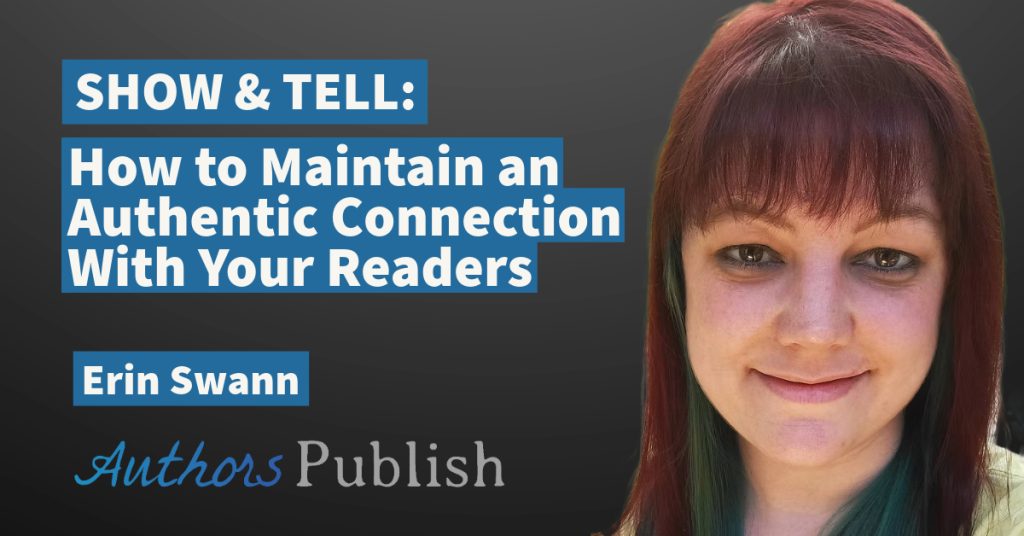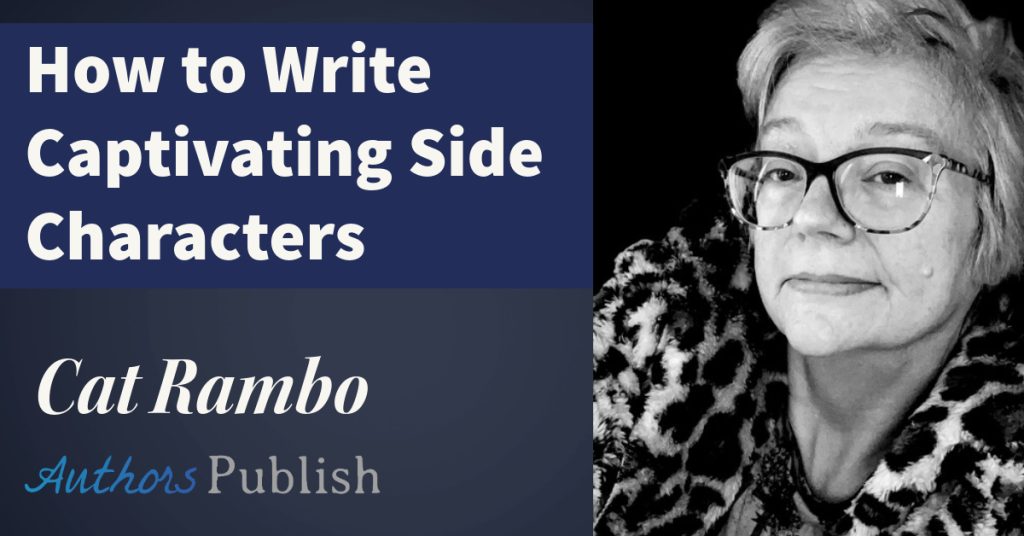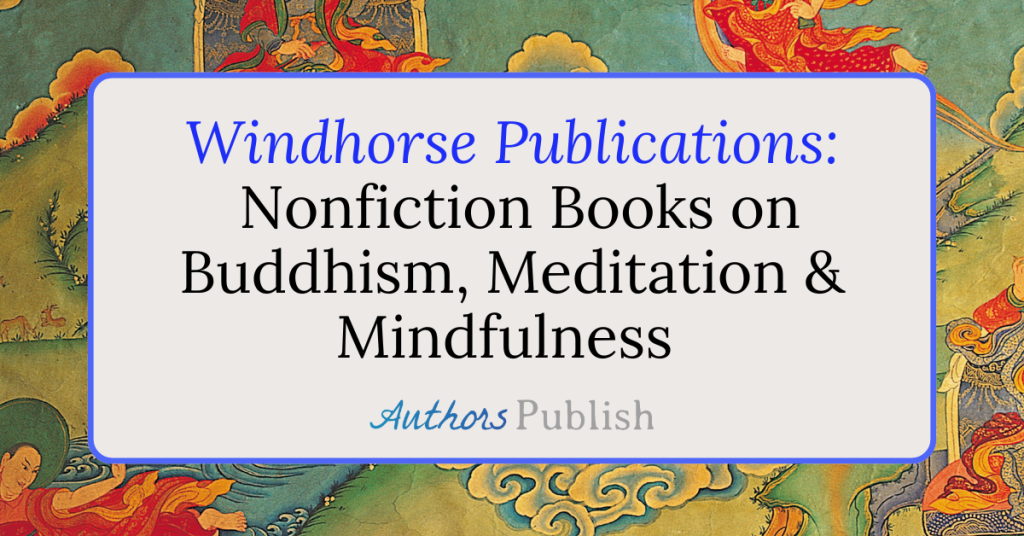By Sarina Byron
No debate divides a bunch of writers faster than a discussion on whether they plot their written pieces or not. Some writers feel that creating a plot for their story or article is limiting. They feel that spending time on a plot outline stifles their creativity and they do much better when they just roll with it. I’ve been on both sides of the debate. Going with the flow worked very well when I had fewer writing commitments. I could lose myself in one article for an entire day and spend time working and reworking the structure of my written pieces for another entire day. However, free flowing never allowed me to finish a book. I have started many book manuscripts, but never finished one, because I did not take advantage of the simple technique of charting a plot outline.
So, today I want to talk to you about what is a plot, why you need it, and what options are available to you:
What is a Plot?
A plot is what I am doing right now. It is what I did in the line above this section. I identified a problem statement in the opening paragraph and in the one line above, I gave some structure to how I will be solving this problem statement. That is precisely what a plot does.
A plot helps us craft an outline for the piece we wish to write. It is a breadcrumb trail for the writer to follow as they work their way to the end of the story. It also helps a writer marry the characters with the incidents of their and each other’s lives, holding it all together like a faithful Maypole. Just as the dancers go around the Maypole weaving intricate patterns with their ribbons, so can the writer lead his characters through the intricacies of their story if he has a strong plot figured out.
Why Do You Need a Plot?
A plot is the most useful tool in your arsenal that will help you achieve your objective; to tell an impactful story. It allows you to engage in some creative envisioning with regards to what you want to say in your story. You see, most of us approach a piece of writing from a single idea. It is usually a small spark that gets us going but more often than not, the steam runs out after we‘ve written a little bit. As we approach the part where we need to add details, our minds begin to wander to other juicy and inspiring ideas, thus, giving rise to the singular reason for the lack of existence of several books.
For example, consider the bestselling book, The Devil Wears Prada. Lauren Weisberger based this novel upon her experience of working as an assistant to a famous editor at a popular publishing house. Now, what she had was a working knowledge of the ins and outs of daily life of those around her and a boat-load of seemingly ridiculous incidents that she could spin into a book. However, a book needs more to feel complete, for its readers. She needed to think about a problem statement for the book to solve, so she shared that she wanted to write for The New Yorker but she needed a job in the meantime, hence she accepted this assistant position. She wanted to tell us about funny incidents with other characters in the office, but incidents have more impact when we know something about the characters. So, she gives us a description of her boss, the highly successful and complex Miranda Priestly, her counterpart with a superiority complex, Emily Charlton, her boyfriend Alex Fineman, her friend Lily Goodwin and the flamboyant Creative Director, Nigel. The author did not end up with a great finished product just by telling a true story, she identified the main characters, identified a series of incidents she wanted to cover, decided how those would progress the problem statement, each character’s lives, and how that would make them all a part of the climax.
That is the power of a powerful writing and if you want to write a story with as much impact, you need a strong plot outline.
How Do I Create a Plot?
Now that we have gone through the What and the Why of creating a plot, you may wonder How you can go about creating a plot for your story. There is a lot of material on the internet about how to create a plot outline and the more you look, the more you will find. In this section, I will discuss some of the most popularly offered methods.
The method most commonly talked about is by Gustav Freytag in which he provides a pyramid structure with which to approach a plot outline. Freytag provides an excellent set of guidelines on how to section your plot and what the essentials of each section are. According to the Freytag method, there are five sections of a plot, namely ‘Exposition’, ‘Rising Action’, ‘Climax’, ‘Falling Action’ and ‘Denouement’. The ‘Exposition’ is essentially the Introduction, where you will introduce the main character(s), central conflict, time, location and mood for the book. ‘Rising Action’ is where a series of events occur that contribute to the central conflict and the suspense begins to rise. The ‘Climax’ is where events come to a head and an incident decides the fate of the main characters. The ‘Falling Action’ and ‘Denouement’ is where the tensions of the story ease up and draw to a close. Freytag’s technique is an evolved form of the three-step process of ‘beginning, middle and end’ offered by Aristotle. Both the pyramid technique and three-step technique were meant to help with the playwriting process but work equally well in storytelling for the purpose of novels as well. Speaking from personal experience, Gustav’s technique is fantastic to give structure to an idea. The pyramid structure forms a great base upon which to build your story and serves as a great set of instructions for beginner writers as well as experienced writers.
There are a number of other methods that enjoy varying levels of popularity such as the Synopsis Outline method which almost takes us back to the first plot outline method offered by Aristotle. The Synopsis method encourages the writer to think of the story as something with a beginning, middle and end. It tells the author to create a 1-2 page summary of the story they intend to tell and then create the entire book based on that outline. This method is more suited to experienced writers rather than beginners as it does not have much structure and relies on the author’s ability to mould the summary into a full-fledged story with all the necessary elements of storytelling.
Moving on to a method that is steeped in detail, let’s talk a bit about the In-depth Outline method. This method advises authors to create a comprehensive outline of every chapter, further broken down into scenes which are used to drive the dialogues and plot. This outline method is great for keeping track of the sub-plots, making notes about expected character behavior during each scene, and for keeping track of your own work as you go through it. Picture a ring binder notebook with guiding notes in the margins and post-it notes with guiding notes all over it, that is how this method is done. This method is ideal for beginners as it causes them to think about every little detail and patiently work through it. It is also great for experienced writers who tend to feel overwhelmed by the process at times.
Another interesting method introduced by Randy Ingermanson is the Snowflake method. According to this method, you begin with one idea and expand that into an entire novel. The idea is to not go into any amount of detail at the beginning. Just start with a one-line description of the entire book, just like you would describe another writer’s book to a friend. That one sentence then forms the basis for the expansion of that idea into an entire book. After you have a one-line description that you like, you begin to think about the details such as the beginning, three key situations for the character(s) to overcome, and the conclusion. Then move on to creating the characters by filling the details into the introduction, key situations and conclusions, one paragraph at a time. I’ll be honest, my mind does not work in a manner that is compliant with this method. I prefer to work linearly and this method is circular. However, this method is ideal for writers of a deeply artistic temperament who do not wish to be compliant with structure but just need a few pointers.
This brings us to the last method I want to walk you through, the Bookend method. This method is exactly as it sounds, the writer begins with identifying a problem on one end and the solution to that problem on the other end. Then, the writer begins to fill in the details with characters, sub-plots, and twists and turns. This technique, I’m afraid, is another one for experienced writers as it requires a certain amount of finesse in your craft to know how to coherently work backwards and forward from both ends to create a story that will hold the reader’s attention.
For ease of reference, I have turned the information above into a table.
| Method | Level of Detail Offered by Method | Author Experience | Suitable For | ||
| High | Medium | Low | |||
| Freytag | – | Yes | – | All | Playwriting
Short Story Novel |
| Synopsis Outline | Yes | – | – | Experienced | Playwriting
Short Story Novel Columns |
| In-depth Outline | – | – | Yes | All | Short Story
Novel |
| Snowflake | – | Yes | – | Experienced | Short Story
Novel |
| Bookend | – | Yes | – | Experienced | Short Story
Novel Columns |
With this, I wish you the best in your journey to identifying the best method that works for you and writing your best story yet.
Bio: Sarina Byron is a California based writer whose work has been published in Introvert, Dear, Thrive Global, Walker’s Legacy, Book Series Recaps and a variety of other publications. Sarina covers lifestyle, fashion, business, well-being, book reviews and writing techniques in her writing. Follow her on Instagram @sarinatrodriguez for more






